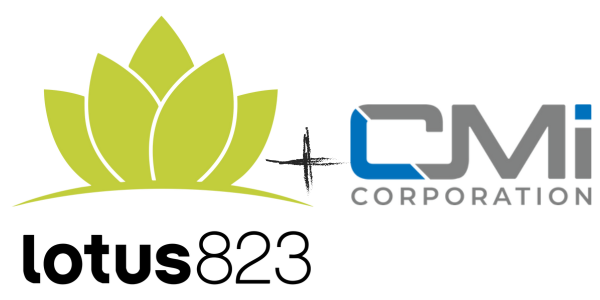“We live in a visual world. Use a picture to draw in more readers.”
–Michael Hyatt, during his 7 Rules to Writing Blog Posts That Get Read and
Shared session at Social Media Marketing World 2014
We can all agree that the main goal of any content marketing strategy is to get as many eyeballs as possible on your message and your brand. Looking at how we market for our clients, it’s evident that images have become a big part of how messages get delivered.
Just look at the evolution of technology: old-time radio dramas like “The War of the Worlds” and “Lights Out” faded into obscurity as the television became more prevalent. The radio may have left it to our imagination, but the television used (and still uses) visuals to attract an audience. Radio is now more for music, news and talk, which is evident by SiriusXM that has over 25.5 million subscribers as of Q4 2013 (one of which is yours truly).
Images not only give your content more personality and help tell more of a story, but optimized images could help you rank better in search by putting the keywords you want to show up for in the alt text (the alt=” ” in the HTML of the image). If you use Flash, you won’t find this important part of HTML code nor will Google be able to read anything coded in Flash.
Additionally, the file size of your images is key in retaining users who get to your site. Most users will only wait about three seconds for a page to load on a computer, and five seconds on mobile. Image sizes that are too large might not load fast enough and could cause users to click away, increasing your bounce rate and negatively impacting your content marketing strategy.
Images Showing Up in Search
I’ve seen digital marketing move to a more visual format through the use of ‘rich snippets’, such as a star rating system for e-commerce sites. This rich snippet shows how well other online users rated a product, service or company. Since it’s right there on the search engine results page, it will help customers determine if it’s a good page to click through to.
As a result, it could provide higher rankings in search results, better click through rates from those search results, and more qualified traffic. The use of rich snippets gives users the ability to see how well or poorly other customers have rated the product, service or company and chose to go to that page. It may also result in better conversion rates for a given page.
Take this search result to the right as an example. I really dislike my iPhone 4 and am looking for a new phone; one I’m looking into is the Samsung Galaxy S5. When typing in “Samsung Galaxy S5 Review”, I notice the star ratings for the fourth, fifth and sixth results, as well as the paid ad – they stand out from other results on the page. Those results look more appealing to me because I can gauge how much ‘real people’ like the product.
In the image to the right, I also pointed to the first and third results, which have a person’s photo next to it. This is a Google authorship tag. This displays next to your authored blogs to give your work more attention in search results. This can help more people click through to your posts since they see a face associated with it, and are more likely to trust it.
I have one at the end of this blog that shows up in search for this and other blogs that I have written. It’s a part of the lotus823 digital marketing strategy to get all of our employees’ faces out there, as well as my own strategy to market myself. Here’s an example of how my handsome face can be seen next to a blog I wrote.
You’ll also see above that both the news for the topic “Samsung Galaxy S5 Review” and related images for that topic come up on Google Page One, showing how much users gravitate towards images.
People Love Images on Social Media
As a PR and digital marketing agency, we don’t only rely on one method to market our clients and ourselves. We also specialize in social media marketing, which is very image heavy on platforms such as Instagram and Pinterest. I use Facebook more than anything else and always see images from sites such as Buzzfeed, which frequently get passed around by my coworkers. Facebook offers the option to show a featured image along with a link, as does LinkedIn and Google+. According to Twitter, photos get more retweets than any other type of tweets, making it possible to reach the most eyeballs.
Images Influencing Search Today and Tomorrow
Images are reshaping how content is ranking and can potentially reshape how search engines work. Earlier this year, Twitter co-founder Biz Stone announced his newest project called Jelly. Jelly is an app that lets people use images and their own social networks to get the answers that they need, rather than typing a text query into conventional search engines.
Jelly is a step in a direction for all businesses to understand the importance of images that are not only engaging but relevant to the audience. Remember, a picture is worth a thousand words and an image could be worth a thousand clicks.
How much of an impact do images have on you when searching? Will images replace text in search engines? Let me know in the comments below!








